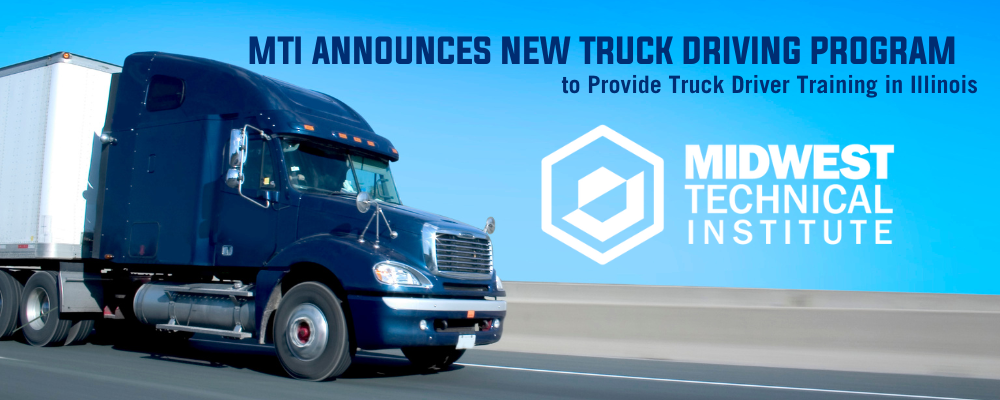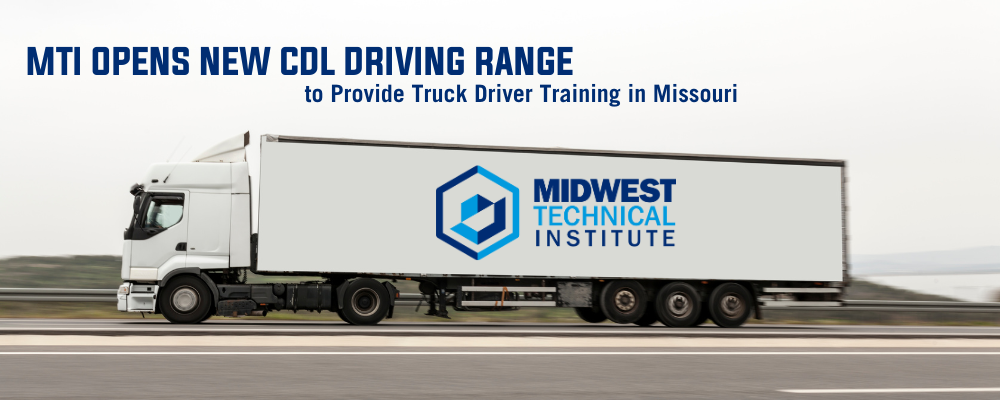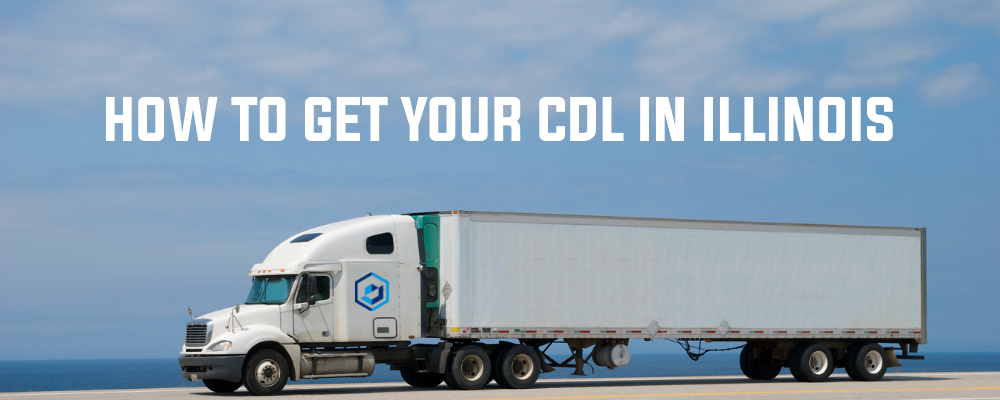Are you thinking about what a career path for a truck driver might look like? The trucking industry provides drivers with a wide variety of options, which include trucks, employers, and routes.
Typically, new drivers start as trainees. But as you gain experience, some companies may allow you to become a trainer or mentor yourself.
What Options Do I Have in a Truck Driving Career?
You’ll first want to ask yourself a few questions to understand what you hope to get out of a truck driving career. Think about the following:
- What type of truck do you want to drive?
- What do you want to be hauling?
- What type of route options do you prefer?
Hauling Options
When deciding on what cargo to haul as a truck driver, you can select from a wide variety of choices.*
- Truck drivers can apply for car hauling jobs, which would require drivers to transport vehicles from one destination to another, like from a warehouse to a dealership. This position may require keen attention to detail and responsibility for timely and damage-free deliveries.
- Flatbed driver positions allow drivers to operate large trucks to carry oversized loads that don’t fit within a normal truck container.
- Drivers can operate refrigerated trucks, which requires a refrigerated unite in the cargo area of the trailer, to transport products like produce and other foods.
- Tanker trucks allow drivers to haul large amounts of gas or liquid, which may require detailed documentation and precision.
- Drivers can opt to drive hazmat vehicles to transport hazardous materials.
- Ice road trucking allows drivers to deliver supplies to remote locations during winter weather. These routes often cross frozen lakes or swamps and require efficient routes executed in a short timeframe.
- Sand hauling trucking hauls allow drivers to transport sand for hydraulic fracturing within natural gas wells.
- Dump truck driving positions allow drivers to move dirt, rocks, sand and other materials in an open-bed truck.
*Additional endorsements may be required for specific hauling options.
Route Options
When it comes to routes, there are several options truck drivers can pursue. Local routes are great options for drivers with families as they can return home most nights. These routes are in-state.Regional routes are another option for truck drivers. These routes venture within 1,000 miles of a driver’s home and keep the driver on the road for 7-10 days at time. Regional routes carry from state to state and allow the driver to see more of the country.Over the road (OTR) or long haul routes are often irregular and include driving heavy loads. These routes allow the driver to see the most of the United States as the drives are often nationwide.Drivers can also find a dedicated driving route option that allows for predictable home time and varied routes. A bonus for this route is the option to schedule routes around a driver’s personal time.
What Is Life on the Road Like?
Knowing how truckers spend their lives on the road is important to determining your aptitude for becoming a truck driver.It’s important to note that truckers usually work around 70 hours a week. To avoid burnout, you can take breaks and sleep at night to follow your body’s natural rhythm. Avoiding sleeping during the day may help keep drivers alert and focused.Like at any job, it’s important for a truck driver to take vacations. Time off allows your body to rejuvenate. Plus, it helps drivers avoid drowsy and distracted driving.When preparing to drive a route, you may want to set a schedule for yourself and plan your routes. Be sure to make note of important service shops, rest stops, and gas stations. Pay attention to weather reports for your destination as well as areas along your route.If you’re interested in learning more, read “4 Reasons to Consider Truck Driving in 2018.”
Interested in Learning More About Truck Driving?
Fill out the form below to receive info about our career training programs.
How Do I Get a CDL License?
Getting a CDL license is the first step in starting a truck driving career. You’ll need to prepare for the CDL exam, acquire your commercial learner’s permit (CLP), and pass a road skills test before you can obtain your CDL license.
Read “How Much Training Does It Take to Become a Truck Driver?” to learn more about earning your CDL license and starting a career in truck driving.
If you’re located in Missouri, read “How to Get Your CDL in Missouri” to learn more.
Is truck driving right for you? Learn more by reading up on the MTI CDL Training Course. For more in-depth knowledge of the trucking career, consider the MTI Professional Truck Driving Program. The CDL Training Course and Professional Truck Driving Program are offered at our Springfield, MO campus.
To learn how to enroll, contact the MTI Admissions Team.



